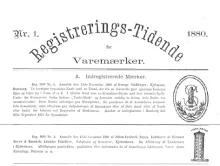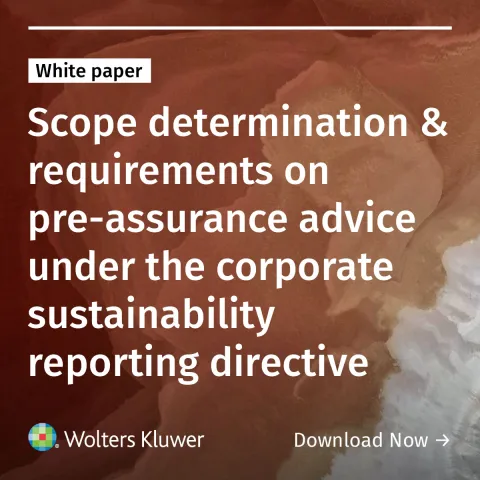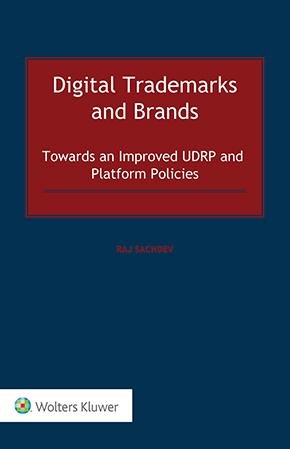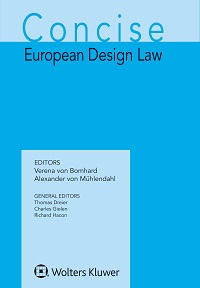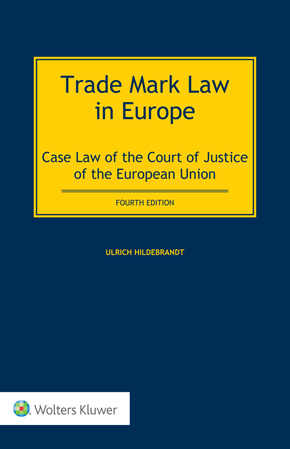When Mining Giants Collide: Russia, China, and the Battle for the WhatsMiner Trademark in Kazakhstan
November 6, 2025
As cryptocurrency mining continues to shape Kazakhstan’s economy, trademark disputes are following the money. According to Hashrate Index, Kazakhstan ranked among the top ten Bitcoin mining countries in 2025, accounting for roughly 2.5% of the global hashrate. Against this backdrop, a recent trademark dispute between a Russian company and a Chinese hardware manufacturer reveals how industrial and legal battles are increasingly converging in Kazakhstan’s courts.
Background
In 2019, Shenzhen MicroBT Electronics Technology Co., Ltd., a Chinese producer of cryptocurrency mining servers, registered the “WHATSMINER” trademark (No. 65642) in Kazakhstan for goods in Class 9.
In May 2025, LLP “Vatsmainer”, a Russian-owned company engaged in the mining-equipment trade, filed a claim to cancel the registration following a refusal of its own “WhatsMiner” trademark in Kazakhstan under the Madrid System.Vatsmainer alleged that MicroBT had not used the mark for more than three years, that the registration had been made without genuine commercial intent, and that it blocked access to the Kazakh market.
Arguments and Evidence
Vatsmainer argued that the Chinese company lacked any physical or tax presence in Kazakhstan, had no license or assignment agreements recorded in the State Register of Qazpatent, and did not appear in advertising, It also noted that the domain whatsmainer.kz belonged to another entity and that no certificates were issued in the owner’s name
MicroBT, in turn, insisted that the mark was actively used through its Kazakh distributor LLP “MineCore”. The company presented:
a supply contract dated 30 December 2024 with ICS Global Logistics FZCO (Dubai) for the delivery of “WhatsMiner M60S” servers;
transport documents from April to May 2025 listing Shenzhen MicroBT as the manufacturer and sender;
and a technical inspection report issued by the National Security Committee of Kazakhstan in January 2025 confirming the lawful import and certification of the servers.
MicroBT argued that these materials proved the introduction of goods bearing the mark into the Kazakh market, which constituted genuine use.
Court Decisions
On 24 July 2025, the Specialized Interdistrict Economic Court of Astana dismissed the claim. The court held that the evidence demonstrated genuine use of the trademark between May 2022 and May 2025. It ruled that importation, sale, and certification of goods bearing the mark by a distributor constituted use by the owner, as the goods were manufactured and imported by the right holder, marked with the original trademark, and introduced into circulation in accordance with ordinary commercial practice.
The court emphasized that the definition of “use” under Article 19 of the Trademark Law is broad and non-exhaustive. While certain agreements such as those transferring or granting exclusive rights require written form and registration in the State Register of Qazpatent, other contractual or factual arrangements, including distribution and supply, may also serve as evidence of use without mandatory registration. The court thus recognized that trademark use can be proven through a range of commercial and documentary evidence, depending on the nature of the business relationship.
Vatsmainer appealed, but the Astana Court of Appeal upheld the lower-court decision, confirming that the equipment had been lawfully imported and placed on the Kazakh market under the contested trademark.
Conclusion
The WhatsMiner case illustrates that Kazakhstan’s courts maintain a high threshold for cancelling trademarks on non-use grounds. Genuine use need not be extensive; even sporadic importation or sales by an authorized distributor may suffice.
For potential challengers, this means that contesting unused foreign marks will remain complex, demanding robust evidence of total inactivity. For brand owners, the message is reassuring: as long as the mark reaches the market in some verifiable form, protection endures.
Whether this interpretation fosters healthy competition or entrenches defensive filings will continue to shape Kazakhstan’s trademark landscape in the years ahead.
Author’s Note:
The contributor participated in the proceedings of the WhatsMiner case on behalf of the National Institute of Intellectual Property (Qazpatent). The analysis and views expressed herein are presented in a strictly neutral manner and do not represent the position of any party or institution involved.
You may also like



